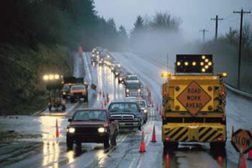News
Early onset colorectal cancer rising fastest in the west
Surprising finding suggests obesity epidemic may not fully explain increasing rates
May 30, 2019
OSHA in the age of robotics
Evolving tech may bring changes to 30-year-old LOTO rule
May 30, 2019
A NIOSH Science Blog post
Medication-assisted treatment for opioid use disorder
May 29, 2019
Contractors to drivers: Go slow in highway work zones
Associated General Contractors of America tries to reduce risk to workers
May 29, 2019
Never miss the latest news and trends driving the safety industry
eNewsletter | Website | eMagazine
JOIN TODAYCopyright ©2024. All Rights Reserved BNP Media.
Design, CMS, Hosting & Web Development :: ePublishing










